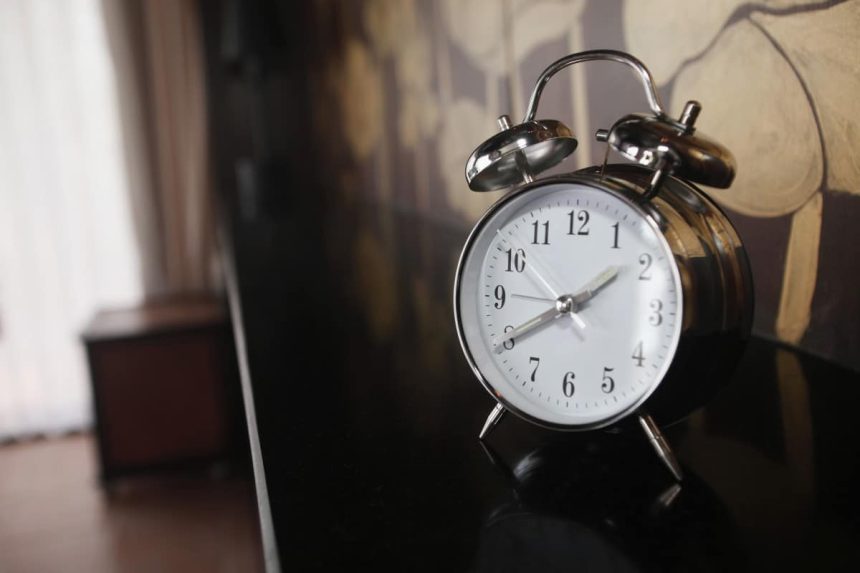On Sunday, November 1st, the end of Daylight Saving Time is an occasion to turn back the clocks and enjoy an extra hour of sleep. However, as temperatures begin to fall, it is also a good time to perform routine household checks to keep your family safe and comfortable.
In 2020, 51 fire deaths have been investigated by Mississippi’s Fire Marshal. Mike Chaney says in nearly 59% of those cases, there was either no smoke alarm or it wasn’t working.

Chaney says as we prepare to fall back this weekend, it’s a good time to check those alarms. Smoke alarms should be tested once a month and batteries should be replaced once a year.

In most states served by Atmos Energy, customers are responsible for the maintenance and service of natural gas appliances and natural gas lines from the meter into their home. Therefore, inspecting a home’s natural gas piping and appliances along with maintaining other common alarms and detectors around the house are a few of the household tasks to complete as winter approaches.
“Just as homeowners call electricians to inspect electrical wiring and plumbers to repair a leaky sink, this weekend serves as a convenient reminder to contact a licensed plumber or qualified contractor to inspect your natural gas lines and appliances,” says John McDill, Atmos Energy vice president of pipeline safety. “Our vision is to be the safest provider of natural gas services, so performing regular safety checks and operating appliances in accordance with manufacturer instructions can further promote safety.”
Often called the invisible killer, carbon monoxide (CO) is an odorless, colorless gas emitted any time fuel is burned in cars, trucks, small engines, stoves, lanterns, grills, fireplaces, natural gas ranges, or furnaces, and it can be poisonous to humans if it builds up indoors.
The CDC (Centers for Disease Control and Prevention) recommends replacing your CO detector every five years, installing a battery-operated or battery back-up CO detector in a central location outside each sleeping area and on every level of a home. In addition, the CDC advises buying a detector with a digital readout to best detect the highest level of carbon monoxide concentration.
The Environmental Protection Agency (EPA) recommends these additional safety measures related to carbon monoxide safety:
- Do not idle vehicles inside a garage or other enclosed structure.
- Be sure to properly install, adjust, operate, and vent appliances.
- Do not sleep in any room with an unvented gas or kerosene space heater.
- Do not use charcoal to start a fire indoors.
- If you or your family experience sudden headaches, nausea, vomiting, drowsiness, or flu-like symptoms, leave the structure immediately and call 911 from a safe distance.
- Do not close chimney flues when fireplaces are in use.
- Fix leaks immediately.
- Check vents on water heaters, dryers, and other natural gas equipment to ensure a free flow of air without being blocked by bird nests, snow, or other objects.
- Contact a qualified professional to inspect, clean, and tune-up central heating and water heating systems annually.







